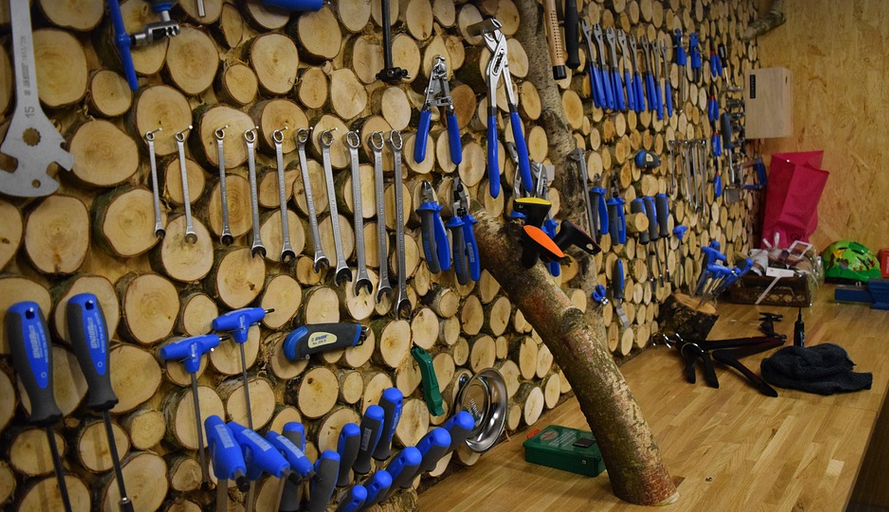Both offer distinct advantages and disadvantages, making them suited for different scenarios. Today, we’ll explore each option in detail, helping you navigate the world of concrete and make an informed decision that perfectly aligns with your project goals.
### Concrete Overlay: A Smooth Operator
Imagine a classic, enduring foundation, but not quite the same as a fresh-out-of-the-oven masterpiece. This is where concrete overlay comes in – a cost-effective solution for breathing new life into existing concrete surfaces.
Concrete overlay involves applying another layer of concrete to an existing surface. This process typically involves removing the top layer, then smoothing it down, and adding a fresh layer of concrete. It’s like giving your old concrete a makeover!
Why choose concrete overlay? Here are some key reasons:
* **Cost-Effective:** Concrete overlay is much more cost-effective than complete concrete replacement, especially if the existing surface has minor imperfections such as cracks or discoloration.
Imagine a cracked driveway! You could either replace it entirely – a costly affair! – or go for an overlay that covers those flaws while extending the life of your existing concrete.
* **Durability and Longevity:** A new layer can actually make your concrete stronger, protect against moisture damage, and extend its lifespan significantly.
Think about a protective shield for your concrete!
* **Quick & Easy Installation:** Concrete overlay is relatively quick to install and doesn’t disrupt the surrounding area as much as a complete replacement would. * **Minimal Maintenance:** The smooth surface of an overlaid concrete can resist staining and weathering better, requiring less maintenance in the long run.
Imagine your patio looking like new! You won’t have to worry about constant cleaning and repair for years.
**However**, there are some potential downsides:
* **Limited Design Flexibility:** Overlay options may be more limited compared to full-fledged stamped concrete, especially if you’re aiming for intricate designs.
Remember, overlays simply add another layer; they won’t offer the same level of design flexibility as stamped concrete.
* **Possibility of Unevenness:** If not done correctly, a poorly executed overlay can lead to uneven surfaces and potentially cause problems with drainage or aesthetics later.
Even though overlays can be cost-effective, they need to be handled by professionals who understand the nuances of concrete work.
### Stamped Concrete: The Art of Concrete
Now, let’s explore a world where creativity meets practicality! Stamped concrete stands out as a more artistic and customized choice for those seeking unique designs and textures.
Imagine your driveway transformed into a masterpiece with intricate patterns and textured finishes – that’s what stamped concrete offers!
How does it work?
* **Creating the Design:** Stamped concrete is created using pre-cast molds, resembling wood, stone, brick, tile – anything you can imagine! It allows for endless design possibilities.
Think about a pattern that adds character to your home or commercial space. That’s what stamped concrete offers.
* **Adding Texture:** Beyond the visual appeal of patterns, the process also introduces different textures – from smooth and sleek to rough and textured – further enhancing its artistic expression.
Imagine a texture that adds depth and character to your driveway.
* **Versatility in Application:** Stamped concrete can be applied to walkways, driveways, patios, pool decks, walls, and more. **However**, there are some potential challenges
* **Cost Factor:** Stamped concrete tends to be slightly pricier than a basic concrete overlay.
The intricacy and artistry involved can increase costs compared to the simpler overlay method.
* **Time Commitment:** Installation of stamped concrete takes time, especially if you’re aiming for complex designs.
Complex patterns require more work. But it’s worth it if you want a truly unique result.
### Making the Right Choice: What to Consider
Choosing between overlay and stamped concrete ultimately depends on your priorities, budget, project scope, and desired aesthetics
* **Budget:** If cost is a major concern, a concrete overlay might be more suitable, offering cost-effectiveness without sacrificing durability.
Consider the long-term investment as well – an overlay can save money on maintenance in the long run.
* **Design Complexity:** For intricate designs and textures, stamped concrete offers unmatched creative freedom and allows you to express your imagination fully.
Think about a design that adds character and personality to your home or commercial space.
* **Project Scope:** If you’re looking for something straightforward, with minimal disruption to the surface and quick installation, an overlay might be best.
Think of it as a simple refresh on your existing concrete!
* **Aesthetics and Longevity:** Consider the desired aesthetics for your project while making sure your choice aligns with your budget and long-term goals.
Look at your home or commercial space – what will truly enhance its beauty and lifespan?
### The Verdict: A Winning Combination Ultimately, both concrete overlays and stamped concrete offer valuable benefits, with each serving distinct purposes. By carefully considering your project needs, budget constraints, and aesthetic preferences, you can choose the best option that delivers lasting beauty and functionality to your space!
